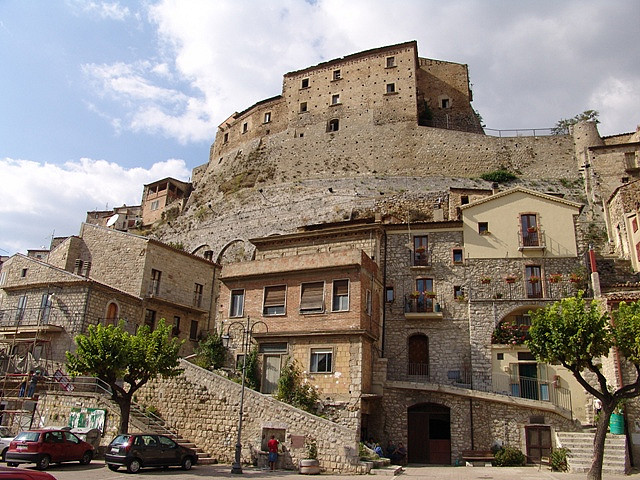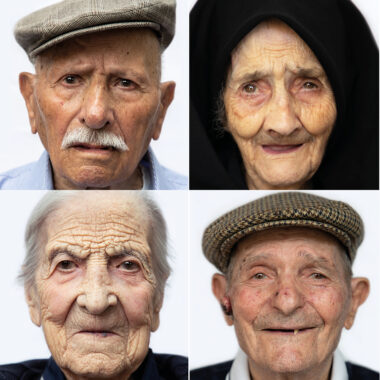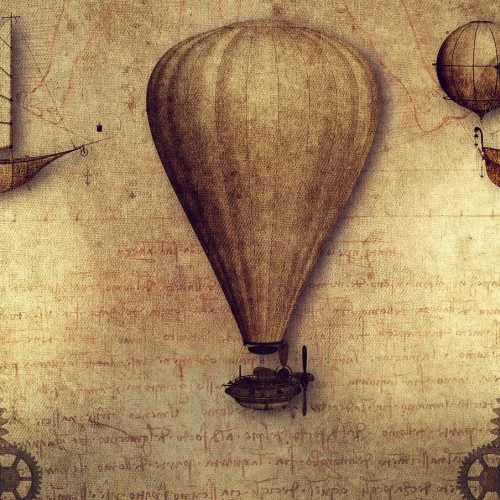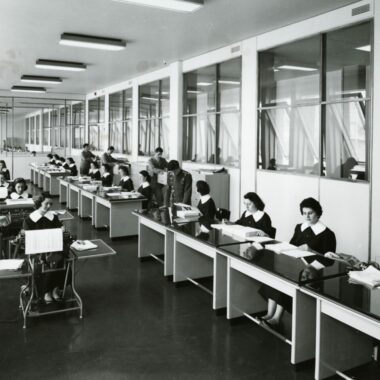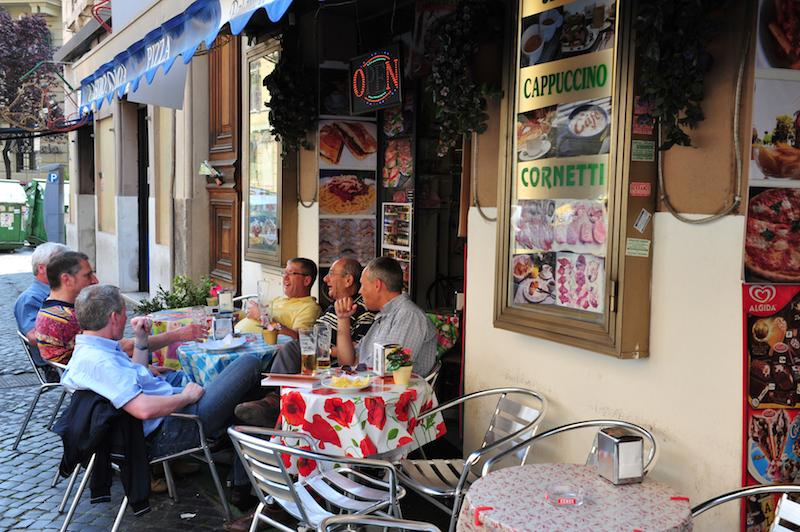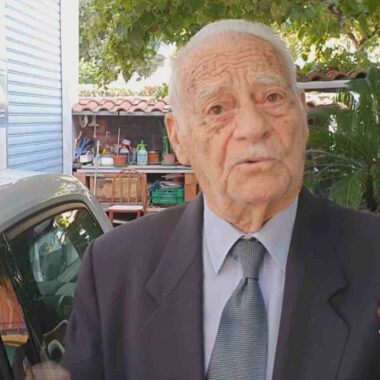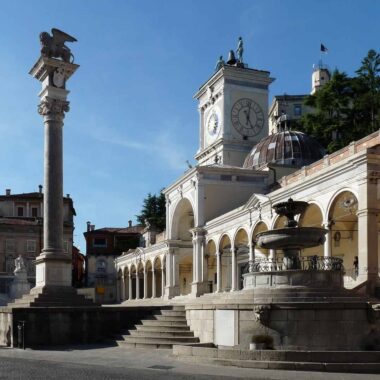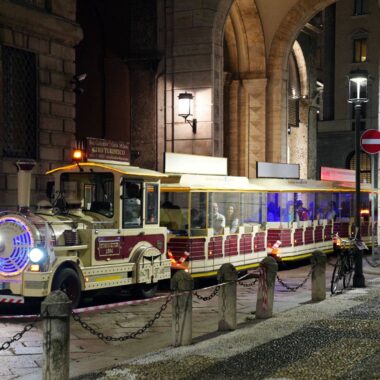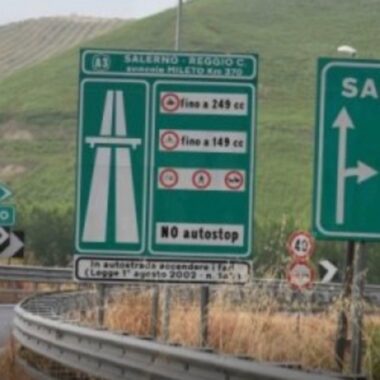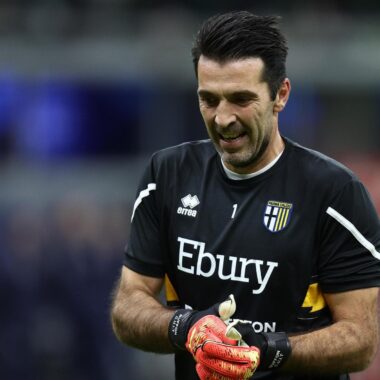Infant and Children Educational Schools
The Epochal Reggio Emilia Program
The epochal Reggio Emilia program for children up to the age of 5
is one of the most exciting developments in the world of education in
our age. It may be seen as an extension of the enquiring and liberal
traditions of this culturally-rich part of Northern Italy. It is used
as a model by progressive educators around the world and has the potential
to rival the long and abiding list of contributions to medicine and
psychiatry that has distinguished Bologna in academic circles for generations.
The local community has adopted this unique approach for over two decades
now and the methodology is recognized as being optimal in bringing out
the most creative expressions in infants and young children, whilst
protecting their rights.
The Reggio Emilia approach to developing young and formative minds
follows 7 key principles:
- Teaching is based on what children seem to want to learn and on their deduced interests.
- Children are allowed to determine the course of teaching and its form.
- Multiple forms of expression are encouraged for holistic development.
- Team building and group work is actively fostered.
- Teachers are committed to a flexible approach to their vocation in the best interests of their wards.
- Records of work done by children and their progress is preserved with diligence and used in an analytical framework.
- Interior decor of classrooms and ambience are used to enhance the learning experience.
The genius of the Reggio Emilia approach to children’s education
lies in the close collaboration between parents and teachers in the
local community. This is accompanied by a sacred respect for the rights
of the children themselves. The model has now been copied in other countries
but a visit to Bologna and the surrounding area gives invaluable insights
in to the power of the system to develop sanguine and skilled citizens
of tomorrow. It may be, at least in part, an instinctive response to
the style of scholarship that has been ingrained in the minds of local
people for centuries.
The Reggio Emilia system sets infants on a lifetime of discovery
and civilized tolerance that has characterized the people of this area
during the past one thousand years and more. It is based on an undying
optimism about the power of the human intellect to discern and to interpret
complex data to form useful conclusions.
Much time is spent in listening to the developing vocabulary of infants
and observing their preferences, interests and choices as they begin
to increasingly use their minds. Parents interact with teachers in great
depth and frequently, in order to try and uncover the particular calling
and strengths that each child seems to have.
All media are used to bring information before the children and the
time spent on individual sets of information is carefully tailored to
meet individual interests. Children are encouraged to express themselves,
even when they are very small and are given lead in how they can gainfully
spend their study and activity times.
Writing, reading and speaking are not the only skills that are imparted
and every attempt is made to appeal to the type of intelligence and
capability that each child seems to possess. The spirit is to locate
and encourage the strengths of a child rather than follow the much regimented
style of learning that has produced mediocrity and suffocated creative
forces in so many other established teaching systems.
Children are encouraged to communicate, interact and bond with each
other and with their parents and teachers in like manner. The collaborative
and expressive tendencies of children are given leads and much effort
is made to form teams that help each member reach further than the individual
can hope to do. This greatly accelerates and helps the learning process.
Teachers don the garbs of learners and researchers with as much ease
as they perform directorial and administrative roles. They are flexible
in time schedules and approach to curricula, so that the needs and wants
of children are never suppressed or ignored. This helps the teachers
to evolve as people and enables them to remain relevant and current
as the environment undergoes subtle change.
All work done by children is kept with care and their interaction
is recorded as often as possible. These records are studied over time
and used for key deductions regarding the progress of the students and
about their ongoing and future needs. This approach eliminates or at
least reduces the subjective and sometimes repressive judgment of children
and lends itself to validation and research as well.
Colors and fixtures used in classrooms are used as active and major
means of education. Children are encouraged to use all their senses
in the learning process and have many demonstrative ways of acquiring
information and knowledge. The learning process is kept very alive with
constant reference to the immediate world around. The classroom layout
facilitates collaborative and group learning in a caring and helpful
atmosphere.
It is a fact that Reggio Emilia has been a center of sustained excellence
in the fields of education and citizenship for generations. There can
be no doubt about the area’s cultural and literacy achievements and
it has surely produced many of the great thinkers such as Copernicus
over the ages. The full and exact reasons for such an unusual concentration
of human intellectual accomplishment is moot, but there can be no denying
that the Reggio Emilia approach to raising infants and to primary education
is exemplary and worthy of unabashed copy.








